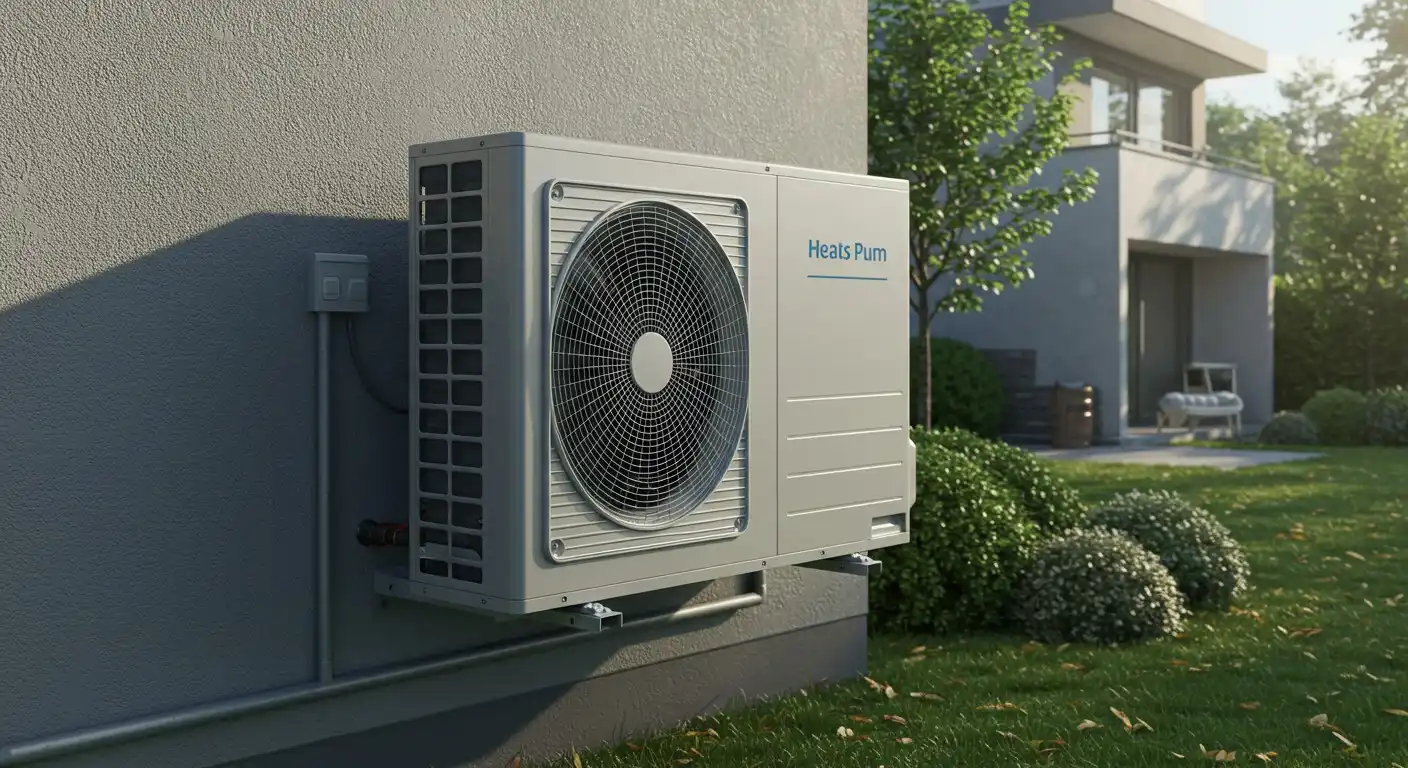Heat Pump Repair in Stillwater, OK
Get fast and reliable Heat Pump Repair in Stillwater, OK with Sitton Mechanical, LLC. Restore your expert comfort quickly—contact our certified team today!
Heat Pump Repair in Stillwater, OK
Heat pumps are the backbone of year-round comfort in Stillwater homes—providing efficient cooling through our hot, humid summers and reliable heat during cooler Oklahoma nights. When a heat pump fails, it quickly affects comfort, indoor air quality, and energy bills. This page explains how professional heat pump repair in Stillwater, OK works, which problems are most common here, what diagnostics and repairs typically involve, realistic timelines, and practical steps you can take to reduce repeat service needs.
Common heat pump problems in Stillwater, OK
Many issues we see in this region relate to heavy seasonal usage, airborne dust and pollen from surrounding plains, and temperature swings that stress components. The most frequent problems include:
- Compressor failure or hard-starting compressor: often caused by electrical faults, refrigerant problems, or age-related wear.
- Refrigerant leaks: low refrigerant reduces capacity and can damage the compressor if not addressed.
- Defrost cycle problems: stuck defrost controls or sensors can cause icing in winter or inadequate performance in shoulder seasons.
- Reversing valve failures: leads to improper heating/cooling direction or reduced efficiency.
- Electrical component failures: bad capacitors, contactors, or relays that prevent the system from starting.
- Fan motor or blower issues: indoor or outdoor fans failing reduce airflow and system efficiency.
- Low airflow and dirty coils/filters: common with high pollen and dust levels in the area; causes short cycling and uneven temperature.
- Thermostat or control board faults: miscommunication between controls and the heat pump.

How diagnostics work — what technicians check
A thorough, methodical diagnostic process identifies root causes so repair work addresses the real problem, not just symptoms. Typical diagnostic steps:
- Visual inspection of the indoor and outdoor units, electrical connections, and refrigerant lines.
- System start-up and operation check to observe noise, vibration, and cycle behavior.
- Electrical testing using ammeters and voltmeters to check compressor and motor loads, capacitors, and contactors.
- Refrigerant pressure checks to compare measured pressures against expected values for current outdoor temperature.
- Leak detection using electronic detectors or dye/soap tests when pressure indicates a loss.
- Defrost and control checks to verify sensors, timers, and reversing valve operation.
- Airflow measurement and coil condition checks to spot clogged filters, duct issues, or dirty coils.
Diagnostics typically take 30–90 minutes for most residential calls, depending on complexity and whether multiple components show wear.
Emergency vs scheduled repair options
- Emergency repair: For complete system failures when indoor temperatures reach unsafe levels, loss of heat in cold weather, electrical burning smells, or starter and compressor seizing that can trip breakers repeatedly. Emergency visits prioritize safe operation and temporary fixes that restore function quickly.
- Scheduled repair: For non-urgent issues such as reduced capacity, intermittent cycling, noisy operation, or when parts need to be ordered. Scheduling allows for proper parts procurement and a more thorough repair process.
Typical repair procedures and parts used
Repairs focus on restoring safe, efficient operation and extending system life. Common procedures and components include:
- Refrigerant leak repair and evacuation: Locate and repair leak points (solder joints, coil seams, fittings) then evacuate and vacuum the system before recharging with manufacturer-specified refrigerant. A new filter-drier is usually installed to protect the system.
- Compressor replacement: When compressors fail, the unit is isolated, oil and refrigerant properly recovered, and the compressor replaced with compatible OEM or approved aftermarket parts. Line sets may require flushing or replacement.
- Motor and fan repairs: Replace outdoor fan motors, indoor blower motors, belts, or bearings to restore airflow.
- Control and electrical component replacement: Install new capacitors, contactors, relays, or control boards when diagnostics show electrical component degradation.
- Reversing valve and defrost control service: Repair or replace valves and sensors to restore correct heat/cool cycling and proper defrost behavior.
- Coil cleaning and indoor maintenance: Clean evaporator and condenser coils, replace air filters, and inspect ducts for obstructions to improve airflow and efficiency.
- Parts commonly used: compressors, capacitors, contactors, reversing valves, thermostatic expansion valves (TXV) or orifice assemblies, filter-driers, accumulator/receiver components, blower motors, fan motors, and control boards.
Typical timelines and what to expect
- On-site diagnostics: 30–90 minutes.
- Simple repairs (capacitors, contactors, filters): usually completed in 1–2 hours during the visit.
- Refrigerant leak repair and recharge: several hours of on-site work; time varies based on leak location and extent.
- Compressor or major component replacements: often 3–6 hours on-site; may take longer if line sets or coils require replacement.
- Parts back-ordered: some manufacturer-specific components can add multiple days for delivery.
Technicians will prioritize safety and system integrity; if a temporary fix is needed to restore comfort immediately, it is typically followed by a recommended permanent repair.
Technician qualifications and safety standards
Look for technicians who hold recognized certifications and follow industry best practices:
- EPA 608 certification for handling refrigerants.
- NATE or manufacturer training demonstrating technical competence with heat pump systems.
- Proper use of calibrated gauges, vacuum pumps, recovery equipment, and leak detection tools.
- Compliance with local electrical and mechanical codes.
- Clear documentation of diagnostics, recommended repairs, and parts used.
Licensed, insured technicians who can explain findings in plain language reduce the risk of repeated failures and help you make informed repair decisions.
Preventive care to reduce future repairs (Stillwater-specific tips)
Preventive maintenance lowers the chance of emergency breakdowns and improves efficiency, especially in Stillwater’s climate:
- Replace or clean air filters every 1–3 months during heavy use seasons to reduce pollen/dust load.
- Keep the outdoor unit free of vegetation, mulch, and debris; maintain 2–3 feet of clearance to ensure proper airflow.
- Schedule professional tune-ups twice a year—spring for cooling readiness and fall for heating/defrost checks.
- Inspect and insulate refrigerant lines and outdoor piping to reduce heat gain and prevent freeze-related issues.
- Clear gutters and roof runoff to avoid excess moisture near the outdoor unit during storm seasons.
- Run the system through both heating and cooling modes at seasonal transitions to identify reversing valve or control issues before extremes arrive.
Why prompt repair matters
Timely heat pump repair protects comfort, prevents small problems from escalating into major failures, improves energy efficiency, and can extend the life of your system. In Stillwater, where summer heat and pollen place extra demands on HVAC systems, prompt attention to diagnostic findings and recommended repairs minimizes downtime and keeps systems operating safely and efficiently.
Fast & Reliable Heat Pump Repair Experts You Can Trust
When your system fails, call Climate Control Heating, Cooling & Plumbing for quick Heat Pump Repair in Stillwater, OK. Our certified team responds fast to restore warmth and efficiency to your home. Whether it’s strange noises, weak airflow, or a total breakdown, we diagnose and fix it right the first time. We proudly serve all nearby communities with prompt, dependable solutions. Check out our Service Areas, or explore flexible Financing to make your repair simple. Ready to get started? Contact Us today and experience comfort you can count on!










